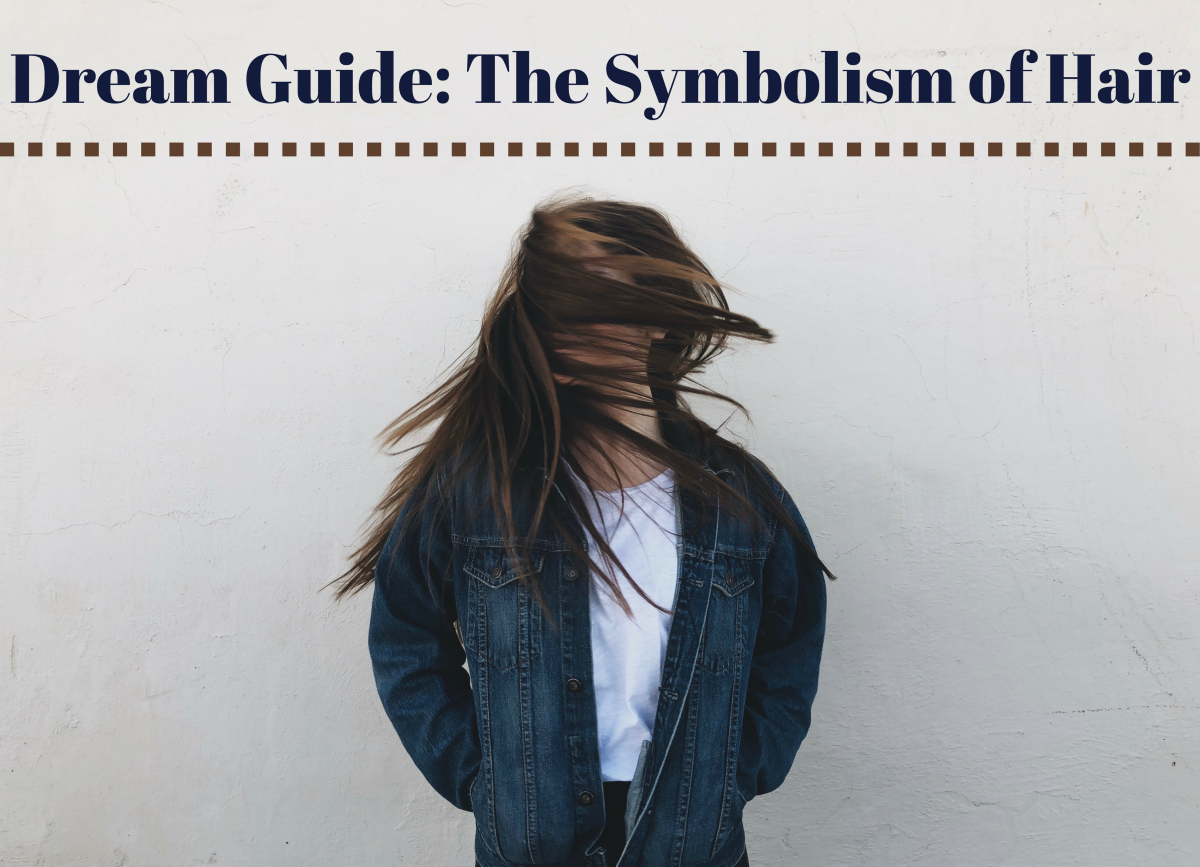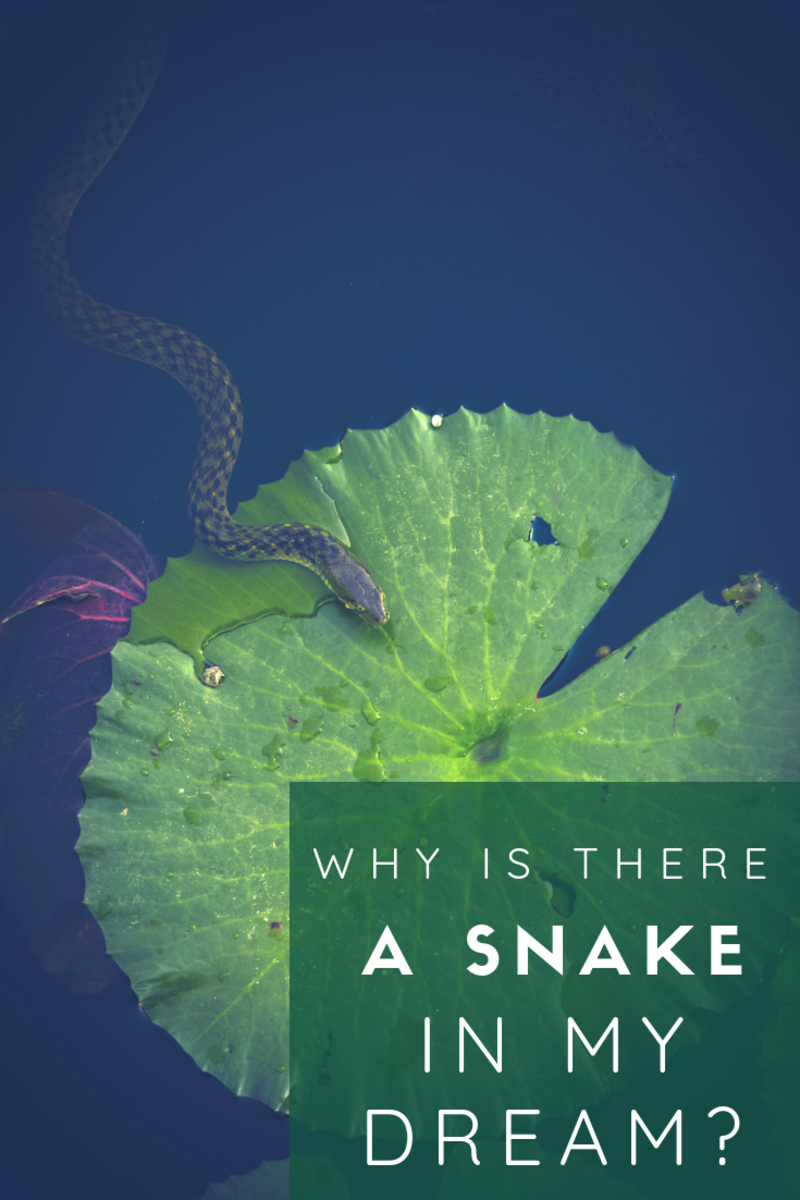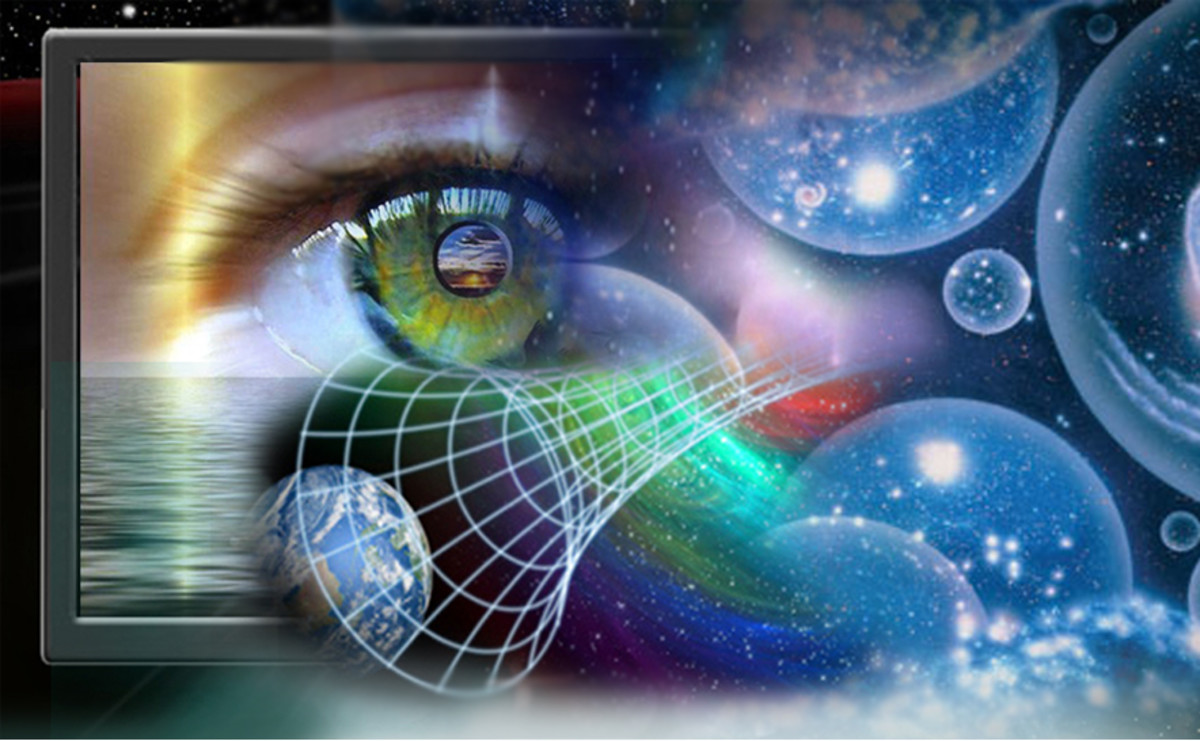Dreams: Our Closest Link to a Parallel and Alternate Realities

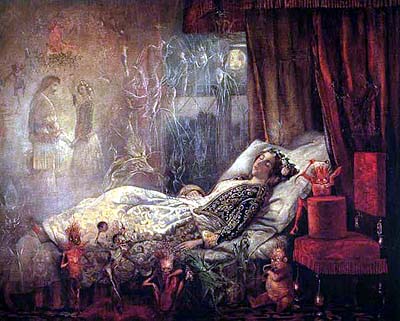
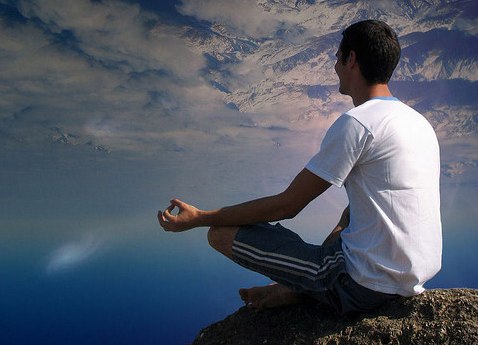

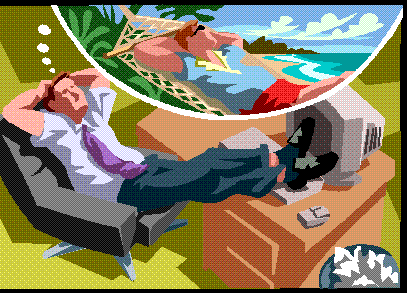
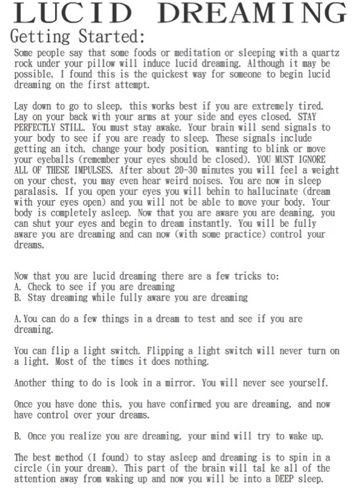
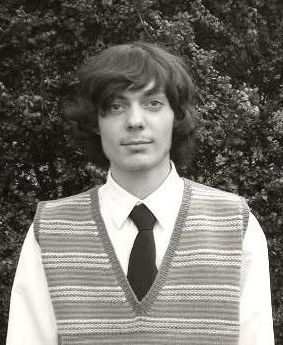
Dreams have more of an influence than most of us are willing to admit
Where do we go when we go to sleep, the eyes, ears, nose and feelings when senses all shut down and we are no longer conscious even of our immediate surroundings? We slip willingly into the unconsciousness that the French call le petit mort (the little death). We slip into that realm that in many cultures is considered equally important, if not more than, the physical material reality we experience when awake and conscious. That world of the dreams encompass a vast array of alternate realities that populate each and every individual's mind. There is a different cosmos every night for every living person. Some are exquisitely beautiful, others horrifically hellish, bright and dark and most of seeming little consequence and ordinary. To the dreamer and especially to the lucid dreamer, these alternate realities can be so real that upon wakening, they are at first disoriented, thinking that the lucid dream world they were in is still playing out. One thing is certain, whether experiencing the world of consciousness, or the worlds of unconsciousness, the mind perceives both as very real. Dreams often reflect our conscious life but differ and it is clear that both states affect each other in a feedback loop. Dream work is ancient and pervades the gamut of cultures including the dream works of Freud and Jung, the fathers of modern psychology. To our modern culture, dreams have provided the link to the unconscious for psychologists. But even so, most people pay little attention to dreams; maybe to their own detriment.
Dreams also serve as a warning. It is suggested that the unconscious mind can tap into the cosmic and local energy fields that surround us at all times and can tune into soon to occur earthquakes, disasters and even political changes just before they happen in conscious life. On a personal level, dreams can warn of imminent health problems before they get severe to the point of personal danger.
The two fathers of modern psychology, Freud and Jung were both into dream analysis. Freud was the objective scientist and Jung included ideas from the occult to expand his understanding by way of symbolism that came from ancient times from cultures around the world. There has come as a result, a host of books, literature, scientific studies and speculation on dreams and dreaming, whether the nighttime experience of the unconscious or the daytime escape of day dreaming and even controlled meditative visualization. Today we know that dreams tend to occur in that state just below consciousness in the so called REM sleep state at around eight to ten hertz. We have even associated specific brain wave frequencies to the dream state between eight to ten hertz. This knowledge is being used for computer interface with the brain/mind. On the sinister side, our dreams can now be influenced from the outside.
Dreams can be affected by our bodily state, whether we are thirsty, hungry, sexually aroused, in need of elimination and fears such as economic problems or the relationship with the boss or significant other in our lives. On the other side, dreams can have such a profound influence that they affect conscious life. An anecdote serves in the latter.
An individual known by the author had a dream about himself, the author, another person and his wife. In the dream, another individual was having sex with his wife and while he, the dreamer was having sex with the author. Upon awakening and encountering both individuals in real life, he accused both of attempting to interfere in his relationship with his spouse and was quite angry about the dreamed incident and our alleged invasion into his dream world. He could not acknowledge that the dream reflected his inner concerns, doubts and suppressed wishes, choosing to be accusative of other peoples' motives. This dream went on to estrange any relation between former friends. Such is the nature and power of dreams, especially when encountering counter realities, prohibitions and taboos in the conscious world.
But that is not the end of the phenomenon of dreaming. In the dream world, the cosmos is very fluid, changing as the dream unfolds. Though we see elements of the conscious experience superimposed on the dream state, these elements shift and change to the needs of the unconscious and less censored mind. There is also for the most part, no time awareness. The dreamer may see themselves in an “out of body” vantage, or they may even find themselves as an animal. In the latter case, many cultures consider a dream of an animal is an all important indication of ones animal totem or guide. In the case of the dreamer, no matter who they dream of, they are in essence the character in each and all of the dream characters. This is something like an artist infusing themselves into every portrait or study of other people and scenes. Though differences clearly exist in both cases, the essential truth is that there is a strong link between the dreamer and the dreamed; the artist and the art.
We all dream, but some claim they don't. What is needed to recall dreams is to keep a dream journal to write in the very moment we awake. This is the time dreams tend to be most frequent. Also, upon awakening by a dream, such as a nightmare, the journal practice will go far in assisting recall and later analysis. Often dreams tend to deal with subjects that we censor in the waking state, confronting us with what we have to deal with to maintain mental health. Dreams can also be a source of inspiration whether in writing or in the visual arts. Rarely, dreams can also be prophetic, but this may be a form of warning for the individual rather than being aware of events in the real world yet to happen. Dreams are highly symbolic, and although there may be much that matches cultural symbolism, there is also plenty that relates to personal symbolism. Thus to be aware of what dreams are attempting to say, we have to be conscious of both types of symbols. There are plenty of works that deal with this, plus those of the kind written by Carlos Castaneda that suggest that we can actively enter our dreams and change them.
We can change our daydreams at will when sinking into revere about something we would like to happen, especially concerning a loved one. The extension to this then, is taking that ability of conscious day dreaming into the unconscious world of night time visualizations of the mind. Some people can even pick up on a dream interrupted or left off the night before and continue that dream. But this takes a level of control that takes practice. The best way is to begin with and improve focus, is in meditative visualizations while in the conscious state. This is an extension to day dreaming with a specific focus. Next, if one is into controlling the unconscious cosmoses that one encounters while asleep, it is best to focus on a specific goal while asleep akin to daytime visualization. Carry the visualization into the sleep state. This will increase chances of influencing the dream. The unconscious revelations will still come through, but the mind will be more of an active participant than a seeming passive viewer. In some ways this may sound semanticist as the dreamer gets what they require from dreams anyway whether or not they know it. The difference is indeed a fine line. But Carlos Castaneda had a technique to distinguish this from such confusion. In his novels, he suggests visualizing raising ones hand before their face to look at it during the unconscious dream state as a form of taking some control. If the aspirant does this successfully, they have achieved the goal of dream control and can move on to greater things.
To most of us, life is fated destiny -and happens at us, rather than we taking a hold of life and steering it to our own purposes and self appointed destiny. To a few, they seek to break out of fate, no matter what kind in order to express their own free will. This is the struggle of the artist, the visionary, the inverter and the revolutionary. This is a tough call in conscious life giving everything fated that is to be fulfilled just to keep living. Indeed, it might be easier to change the course of dreams by active will as opposed to going along for the ride as we do so much in life. In any event, the mind is witness to a plethora of cosmoses, each one as real to it as the world we dwell in during the awake moments of life.

